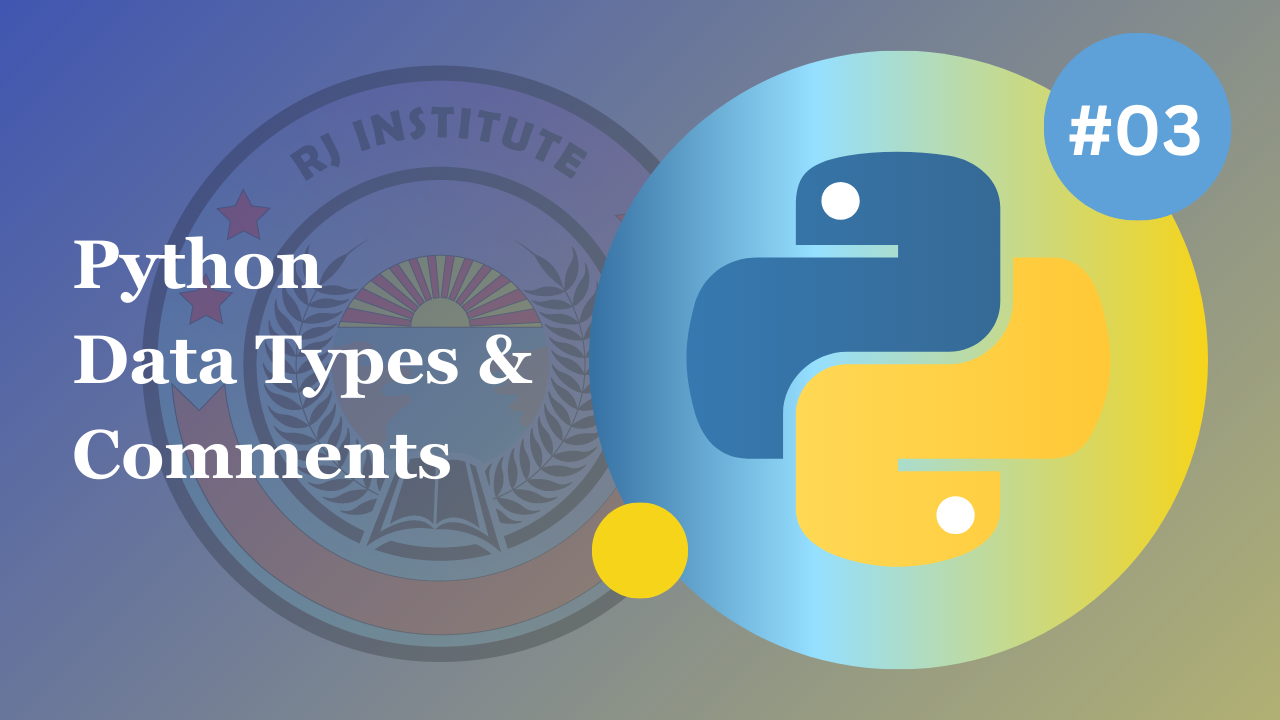

TOPIC: Python Data Types & Comments
Built-in Data Types:
In programming, data type is an important concept. There
are some
Built-in data types in python and are given as follows:
In order to run the code and print the output with the type of data-type, we use
We can also set the specific data type to a variable if we want to make it fixed. We can do that by
We can remove the int from the above code and add any other data-type to make it fixed for that variable.
Comments in Python Programming
There are two types of comments in Python programming, the single line comment that uses # and the
multiple line comment that uses ''' '''.
Code as discussed in the video:
You can copy and run this code